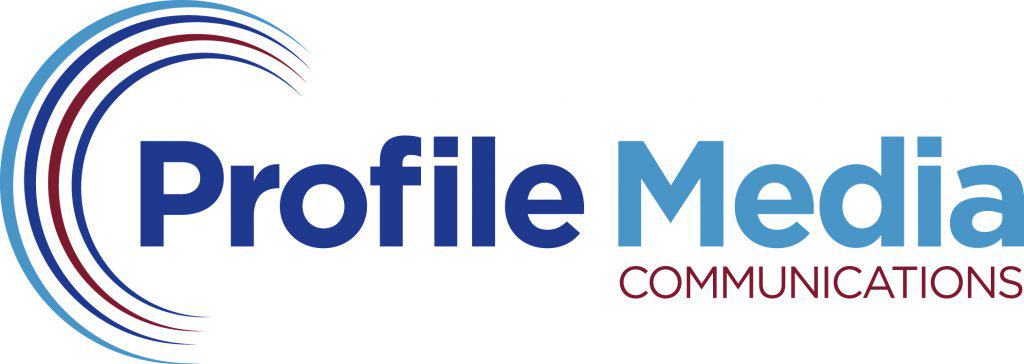I have been a content creator on YouTube for nearly a decade. My flagship series A-Bit of 8-Bit has garnered millions of views and thousands of subscribers. Video content creation has required all kinds of creative skills and I’ve had to teach myself and learn on the fly. That’s the thing – because YouTube and social media are relatively new platforms, there’s not a whole lot of education around them – it’s unexplored and exciting territory! As somebody who has taught myself from scratch, I’d like to share some of what I’ve learnt – hopefully this blog will give you a leg up when creating your own video content.
Understand and Copy
Ask yourself why you want to create video content… The answer is probably because somebody else is doing it and reaping a reward that you want. Right! The first thing you need to do when approaching YouTube is figure out what the creators are doing AND why the audience is watching. Try taking the content apart and figuring out why it works. Once you’ve extracted the secrets you’ll be able to put it back together, but when you do, insert your own style. Voilà – original content (kind of).
I first got into YouTube because I was watching a lot of expert musicians covering music that I liked. One day I had a crazy idea – “I think I could do some of these things better.” – so I set up my channel and started making videos.
Different is Better than Better
Anybody and everybody who has access to the internet can try their hand at YouTube and as a result the field is very saturated. If you want your content to stand out you need to find a niche and hunker down.
When I began making YouTube videos I wanted people to see how great a piano player I was. So I filmed myself playing keyboard in my bedroom. It was an awkward first attempt but it worked. After a year of doing this I managed to build up 3000 subscribers. Amazing! I was very happy with this but had a hunger for more. So I spent a month brainstorming ideas and learning new skills. I decided that because the internet was full of video game nerds (of which I was one) and I loved music and soundtracks, I would become ‘the guy’ for 8-bit keyboard videos – a completely unclaimed space at that time.
Long story short – it worked. My subscribers and views went up tenfold in a matter of months and today if you search ‘8-bit keyboard’ on YouTube my videos are among the top of the search results (although someone has since muscled in on my territory grrr).
The Power of a Good Name
Naming your content is so important because it gives people a hook to remember you by. It was a subscriber who suggested I call my new series “A-Bit of 8-Bit.” A silly pun but I thought it was catchy. This gave me the template I needed to title my individual videos ‘A-Bit of X,’ for example: A-Bit of Nintendo, A-Bit of Harry Potter, A-Bit of The Beatles etc… The good thing about this template is it allowed me to use the name of the thing I was covering (great for getting people’s attention) whilst also slipping in my own branding with the ‘A-Bit.’ To this day I get comments from people asking me to make A-Bit of ‘insert their favourite thing.’
Serialization
One of the key factors that took my channel to the next level was serialization. What do I mean by serialization? Turning your content into a series. Having a plan of what your content is and where it’s going – developing and expanding on your ideas. No longer was I putting out a random slew of unrelated piano videos – now I was creating an 8-bit series with its own defined style and structure.
For example:
- I had the same intro music and logo starting every video.
- I signed off in the same way.
- I branded myself by wearing a costume.
- I gave little hints at what the next video was going to be. I numbered the episodes so that, at a glance, people would know that there was more.
- I had a regular release schedule
- I communicated with my audience with more confidence because I had a plan
Burn Out
I wish I could say that my content delivery has always been consistent but that certainly is not true. If you are familiar with the 80/20 rule then you will know that 80% of results come from 20% of the effort. This is true for me in that, only two of the last ten years were spent focusing hard on YouTube – the other eight were much more casual. It is inevitable that you will have your slumps so the only thing that I can say is, ‘don’t sweat it,’ chances are you will bounce back when the time is right, and besides, one of the positives of YouTube is that your content is always up whether you feel like delivering content or not.
Equipment
You may have expected a rundown of my equipment and software programs to be higher up on the list but the truth is that equipment is not that important. You can buy all the equipment you need to make quality YouTube content relatively cheap or even free. What really matters is your ideas and your execution. That said I know some people will be curious, so here is a quick list of some of the equipment and software that I have made use of:
- Camera: Cannon 550D DSLR (depending on your needs a smart phone may be all you need)
- Microphone: If you are doing a lot of speaking this is one area where you may want to invest although pretty much anything above your phone mic and you will notice a big difference.
- Background: Film somewhere pretty or get a screen (green, white, black)
- Lights: Umbrella lights are cheap on eBay and can help improve the quality of your visuals
- Editing Software: I have used Premiere Pro, After Effects, Final Cut and iMovie. Unless you want to have a lot of fancy animation free software like iMovie will do just fine.
I hope that some of this information will help you in your own video content endeavours. Good luck!


